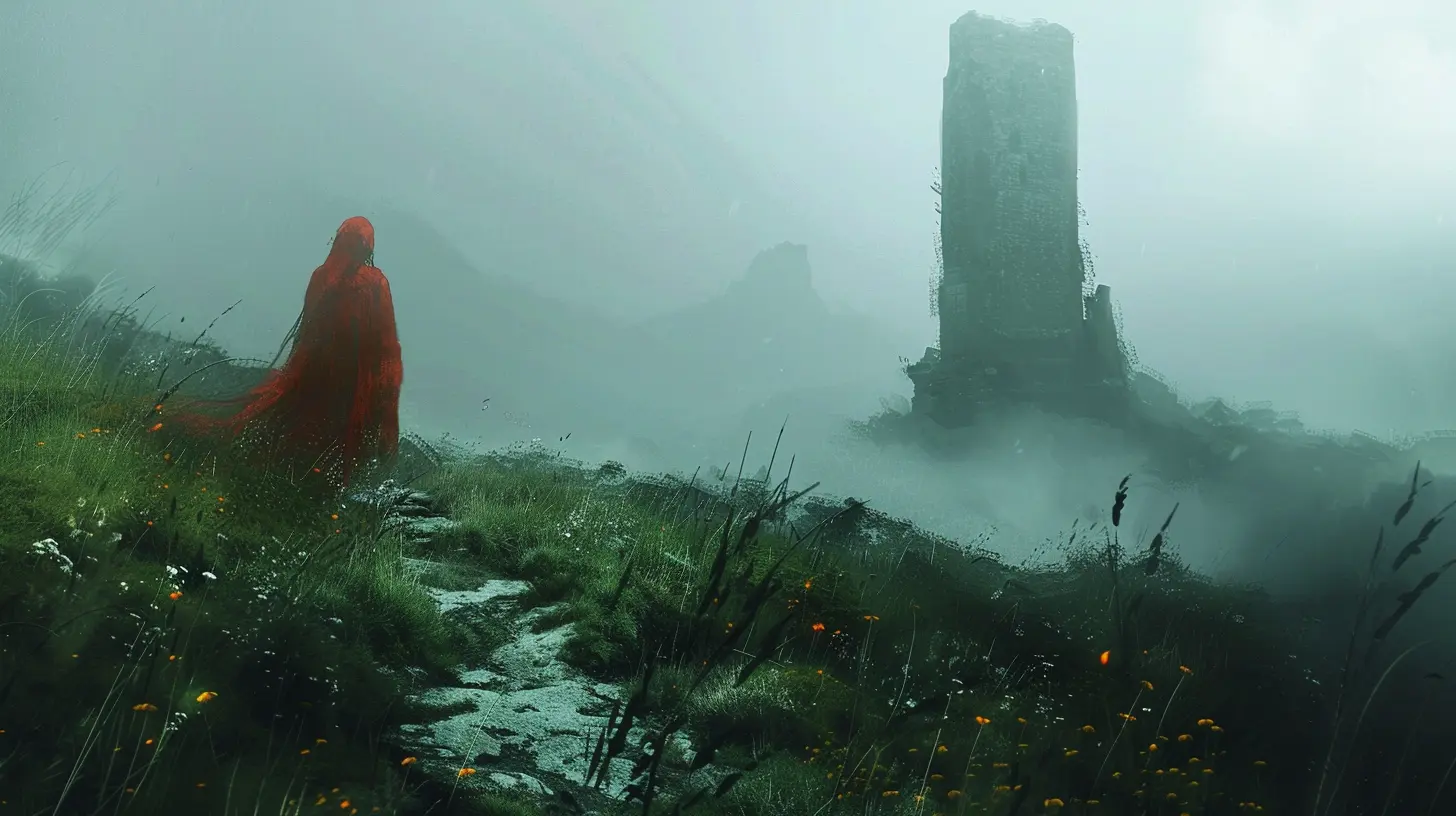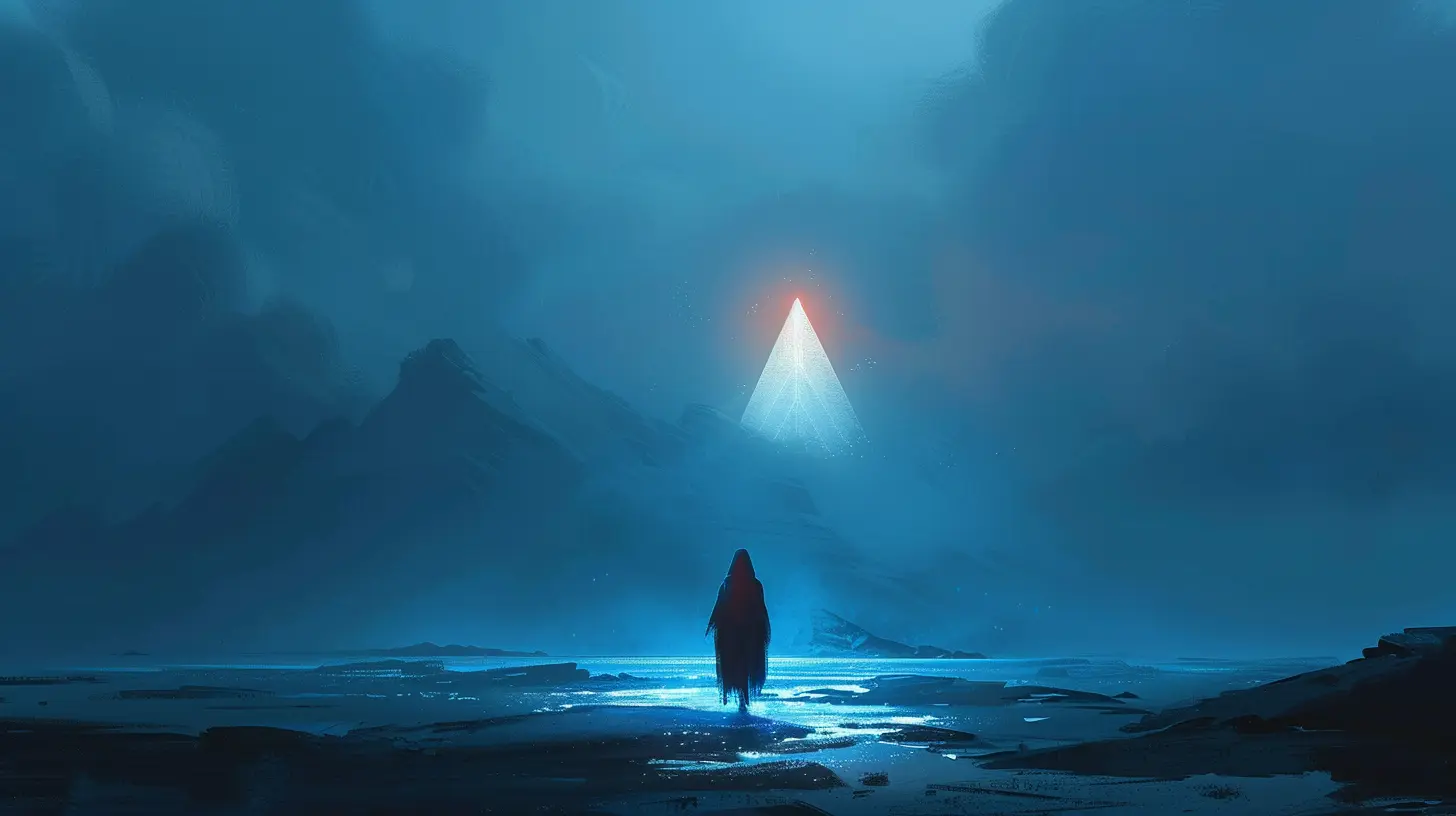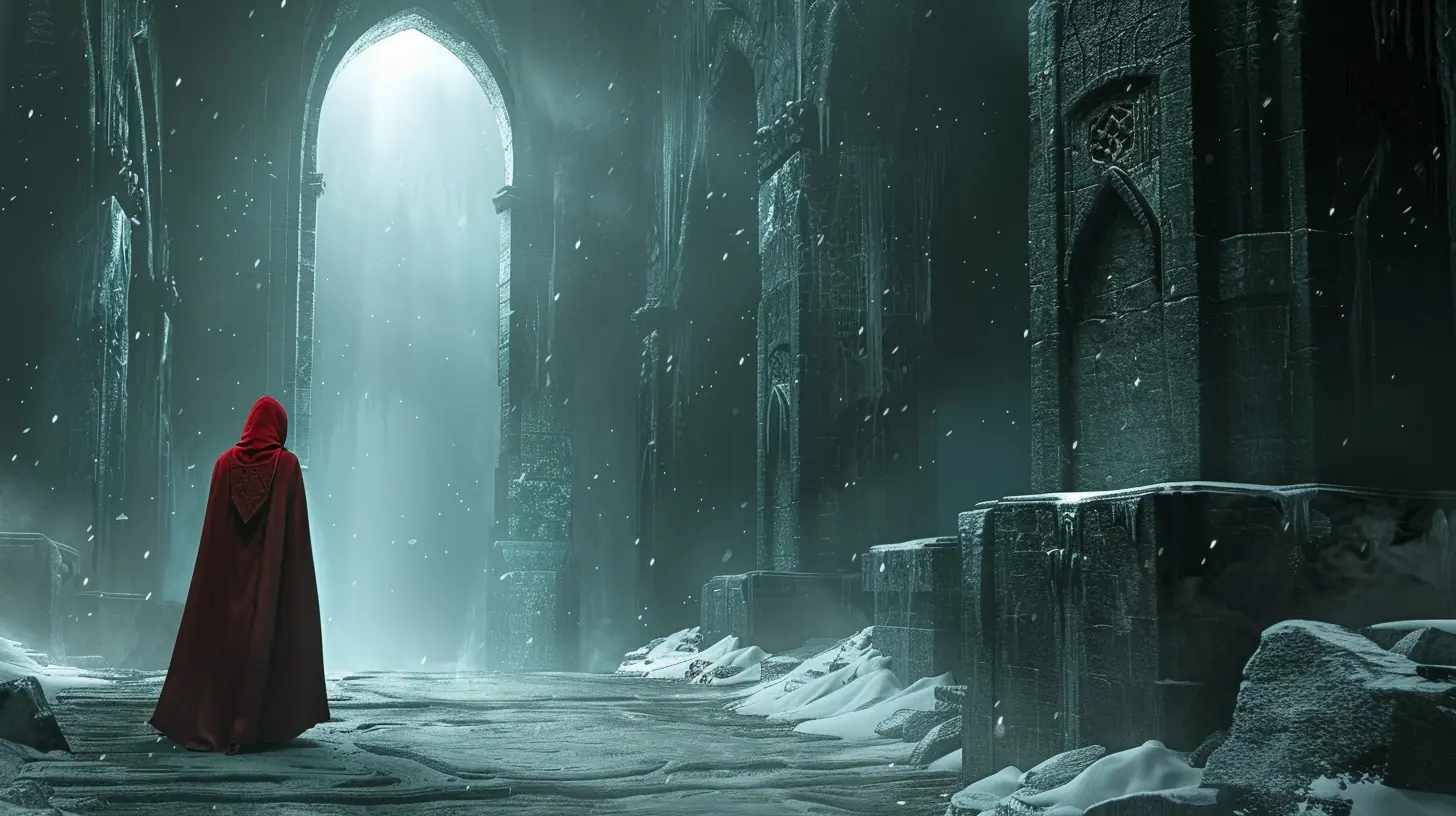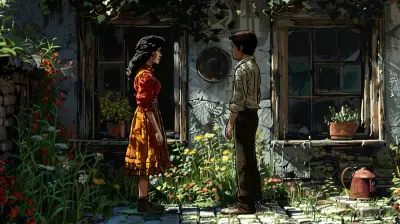The Deep Mysteries of Journey: A Silent Storytelling Masterpiece
24 November 2025
Oh, “Journey.” That one game that says absolutely nothing—and yet somehow says everything. If you’ve ever found yourself wrapped up in a flowing red scarf with a mysterious figure in the distance, unsure if that’s a real human or just your imagination, then congratulations—you’ve experienced Journey in all its beautiful, mind-bending, confusingly emotional glory.
But let’s get real for a second: how on earth does a game with no dialogue, no heads-up-display, and absolutely no handholding manage to hit harder than most RPGs with 100+ hours of content? Well, buckle up, buttercup—we’re diving into the sand-drenched, wordless wonderland that is Journey, a game that proves less is, in fact... way, way more.
Welcome to the Land of No Instructions (Literally None)
You start the game and—poof—you’re a robed figure plopped into a vast desert with nothing but a distant mountain on the horizon. No intro cutscene, no mission markers, not even a friendly tutorial pop-up. It’s like being dumped in a foreign country with no map and zero grasp of the language.But here’s the kicker: it works.
You start walking toward that mysterious glowing mountain because, well, what else are you gonna do? And that’s where Journey’s brilliant design kicks in—by showing instead of telling. The game trusts that you’re smart enough to figure things out. And if you mess up? No biggie. Try again. That’s part of the... well, journey.
The Unsung Power of Visual Storytelling
So, what’s the story even about? Well, that’s a fun question with no clear answer (thanks, Thatgamecompany). You're told nothing directly, but everything is communicated through the environment. Crumbling ruins suggest a fallen civilization. Glowing murals hint at some long-lost purpose. It’s like reading a book that’s missing half the pages, yet still making perfect sense.The real magic? Your interpretation matters just as much as their intention. Some say it’s about life and death. Others think it's a metaphor for rebirth. And a few swear it’s about climate change (because why not?).
Basically, Journey is the Rorschach test of the video game world.
That Red Scarf: Your Only Friend (Until It’s Not)
Ah yes, the scarf. It’s red, it flaps in the wind majestically, and it gets longer as you collect glowy... glyph cubes? Rune tablets? Who even knows. What we do know is this: the longer your scarf, the more you can soar through the air like a caffeinated sand eagle. It’s like your personal battery pack of hope.But then it gets cryptic—your scarf starts reacting to ancient symbols and strange tapestries. Is it technology? Magic? A metaphor for spiritual growth? Honestly, all of the above, probably. It’s that kind of game.
The Most Emotional Co-Op You’ll Ever Experience (And You Can’t Even Talk)
Here’s where things get beautifully weird. As you trudge along your sandy path, you might notice another figure—just like you—wandering nearby. No gamer tag, no mic chatter, just another robed wanderer. Are they AI? Are they real? Oh, they’re real, alright. That’s another human player, but without any of the usual toxicity.You can't talk to them. You can't even wave. All you can do is chirp with a cute little musical note. And somehow, that’s enough.
You might choose to stay with them, helping each other over obstacles, waiting patiently if one stumbles behind. Or you might part ways, silently acknowledging the fleeting beauty of your shared path. It’s poetic. It’s powerful. It’s... wildly inefficient for completing objectives, but who cares?
Sand: The Unsung Protagonist
No other game makes you appreciate sand quite like Journey. It flows, it sparkles, it reacts to your movements like it's alive. Seriously, this sand is more expressive than most video game characters. Whether you’re surfing down dunes or wading through it slowly, the texture and movement of the environment adds an emotional layer that words could never accomplish.The desert isn’t just a backdrop; it’s a silent character, shaping your experience and carrying the emotional weight of your trek. And just when you get comfortable in the sun-soaked dunes? Bam, snow.
Oh, did I mention there's a brutal snow level? Yeah, it's as emotionally gut-punching as it sounds.
The Mountain: A Glowing Beacon of Existential Crisis
Let’s talk about that mountain—the shining goal you’ve been chasing this whole time. It’s always there, watching you, judging your scarf length. It’s the game’s way of saying, “Hey, buddy, keep going. You’re not done suffering yet.”As you get closer, the journey gets harder. The terrain shifts from golden sands to bone-chilling frost. There’s a metaphor here. Something about struggle, mortality, or maybe just how life throws ice storms at you when you least expect it.
You crawl to the summit, barely alive, scarf in tatters, body slowing, light fading. And just when you think it’s over—when you’re ready to give up—the game pulls a fast one.
Cue rebirth. Cue light. Cue flying through the clouds like a majestic desert swan on Red Bull.
The Emotional Sucker Punch You Didn’t See Coming
Let’s not gloss over this: Journey messes with your feelings. The final sequences burst with emotion so strong, even the most cynical gamer might feel a little lump in their throat. It’s not because of a big twist or tear-jerking monologue—no, no, that would be too easy.It’s all visuals. Music. Vibes.
Austin Wintory’s soundtrack deserves its own award ceremony. From haunting cello motifs to euphoric crescendos, the music doesn’t just accompany your journey—it is your journey. It narrates without words, tugs on your soul strings, and by the end, leaves you sitting in silence, staring at the screen like, “What just happened?”
You Finish It—and Then Immediately Restart
Ask anyone who’s played Journey, and they’ll probably say the same thing: “I finished it... and then immediately started over.” Why? Because once you crest that emotional mountain, you want to feel it all over again. You want to meet new strangers. You want to surf those dunes. You want to chirp like a tiny monk with no mouth.And maybe—just maybe—this time you’ll understand a little more. Or a little less. Either way, you’re in.
Secret Lore? Oh Yeah, There's Plenty
If you’re the type who lives for lore rabbit holes, Journey has some deliciously vague ones. Hidden glyphs, murals, and stone tablets hint at a civilization that rose, thrived, and then crumbled under its own ambition. Cliché? Maybe. But delivered without a single line of dialogue? Now that’s impressive.Some fans have gone full Da Vinci Code trying to piece together the timeline. Others are convinced that the journey is metaphorical reincarnation. It’s about as concrete as dreams—and that’s exactly the point.
Why It Still Matters Today
Even years after its release, Journey remains one of those “must-play-before-you-die” titles. Why? Because it redefined what games could be. It showed that storytelling didn’t need exposition, that connection didn’t require voice chat, and that silence could speak volumes.In a world screaming for attention, Journey has the audacity to whisper.
It’s a game that doesn’t try to sell you on itself. It doesn’t promise XP boosts or shiny loot for your troubles. It just says, “Here’s a path. Walk it.”
And that, my friends, is pretty damn legendary.
Final Thoughts: We Need More Games Like Journey
In the grand chaos of gaming—where battle royales, loot boxes, and 300-hour RPGs rule supreme—it’s refreshing to play something that embraces quiet, simplicity, and, well... mystery.Journey isn't just a game; it’s a reminder that sometimes, the most powerful stories aren’t shouted—they’re whispered. So next time you’re rage-quitting over a sweaty PvP loss or sorting through your 87th quest log, maybe—just maybe—take a little journey back to Journey.
You’ll thank me later.
all images in this post were generated using AI tools
Category:
Lore And StorylinesAuthor:

Stephanie Abbott

